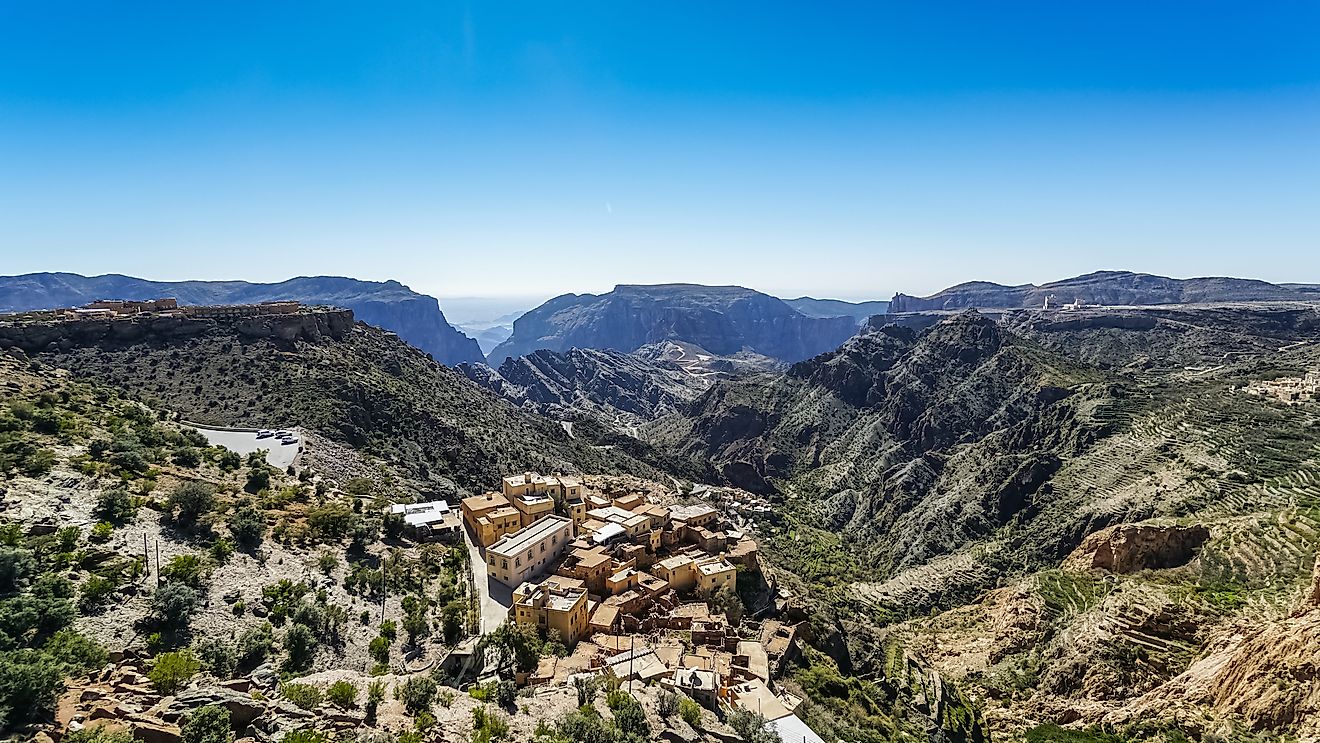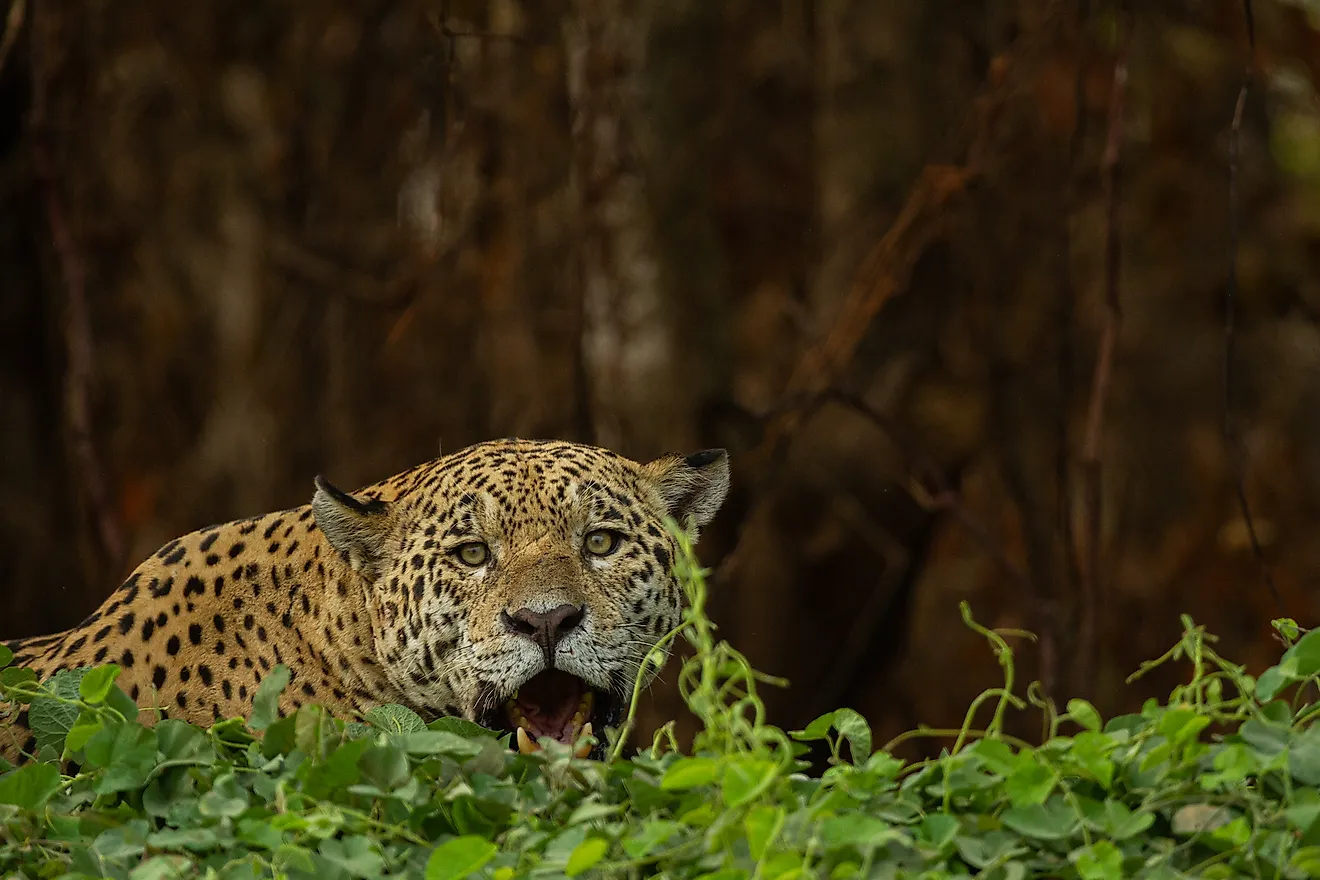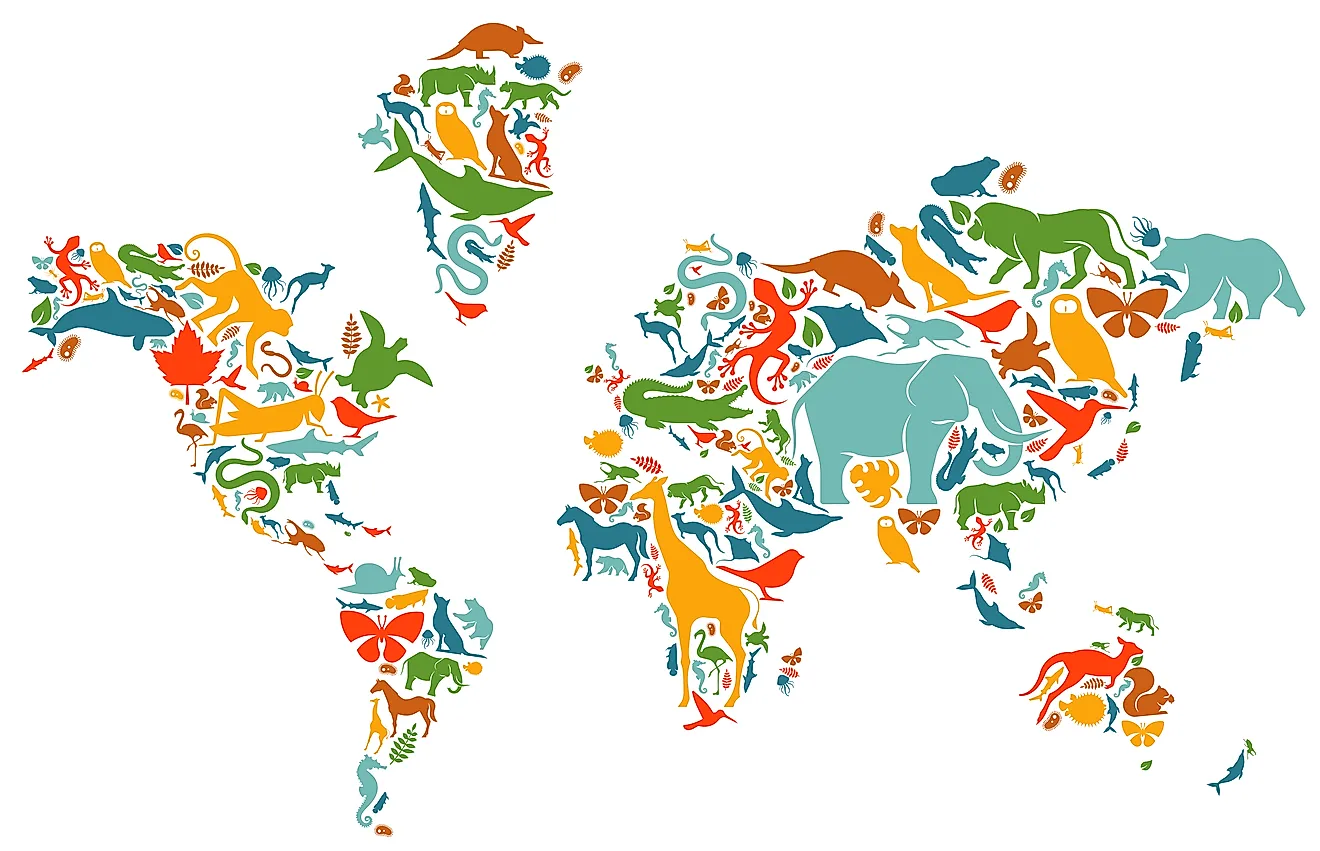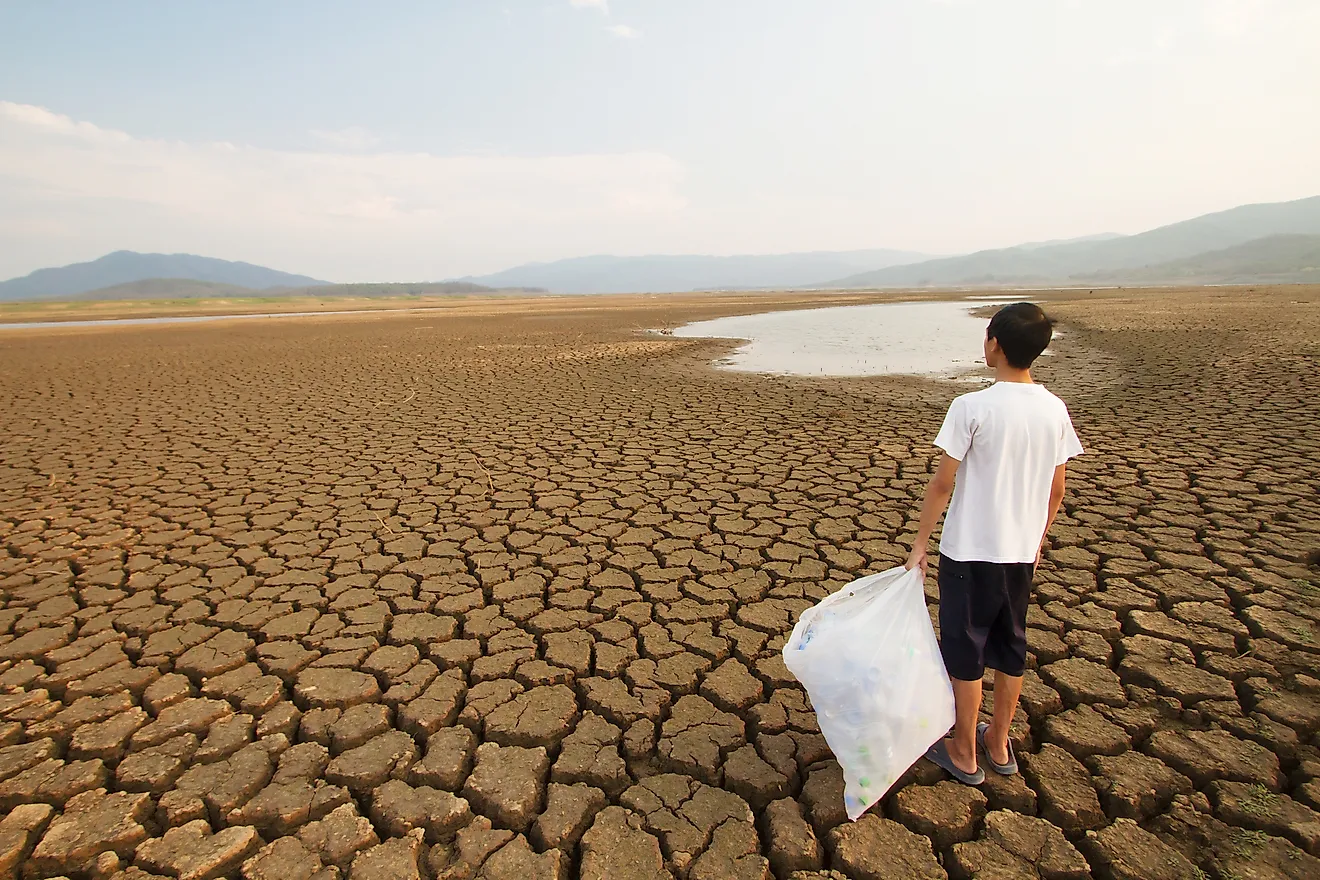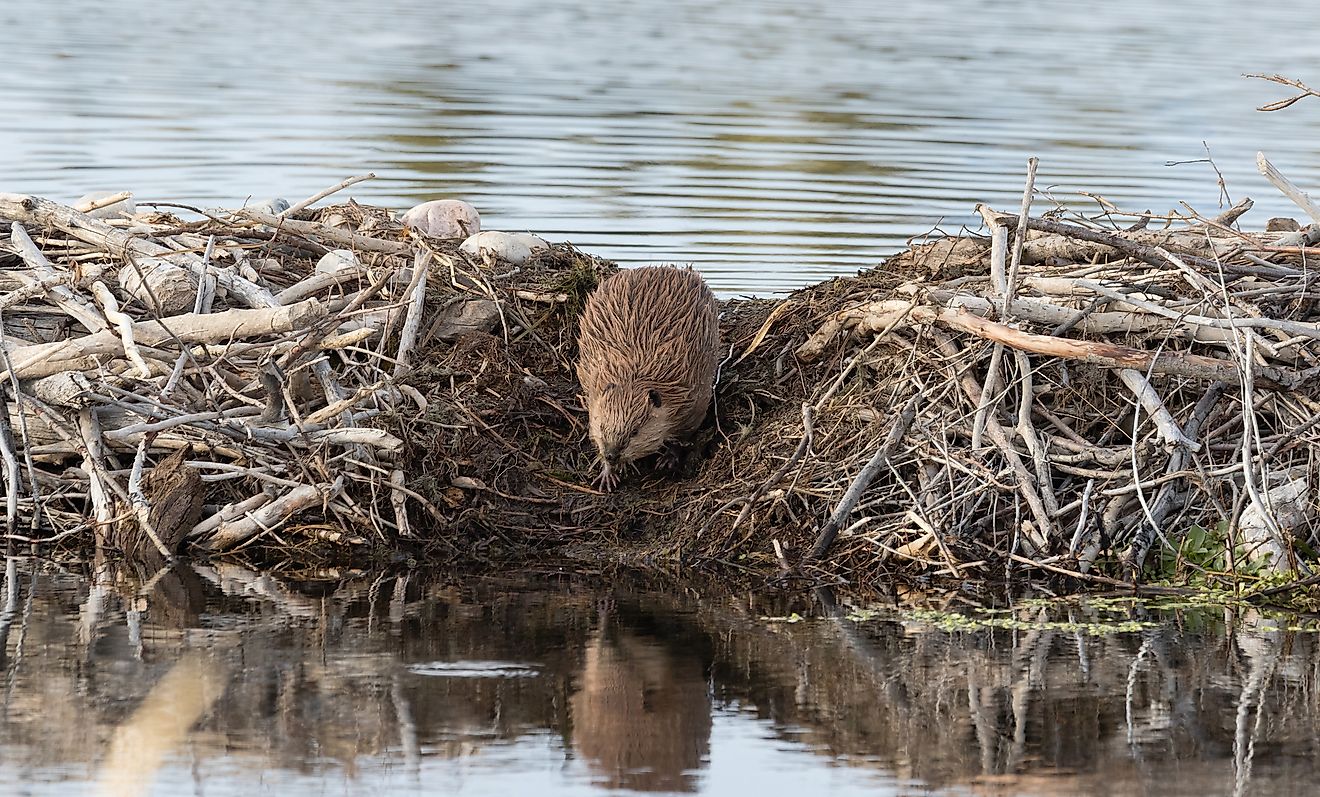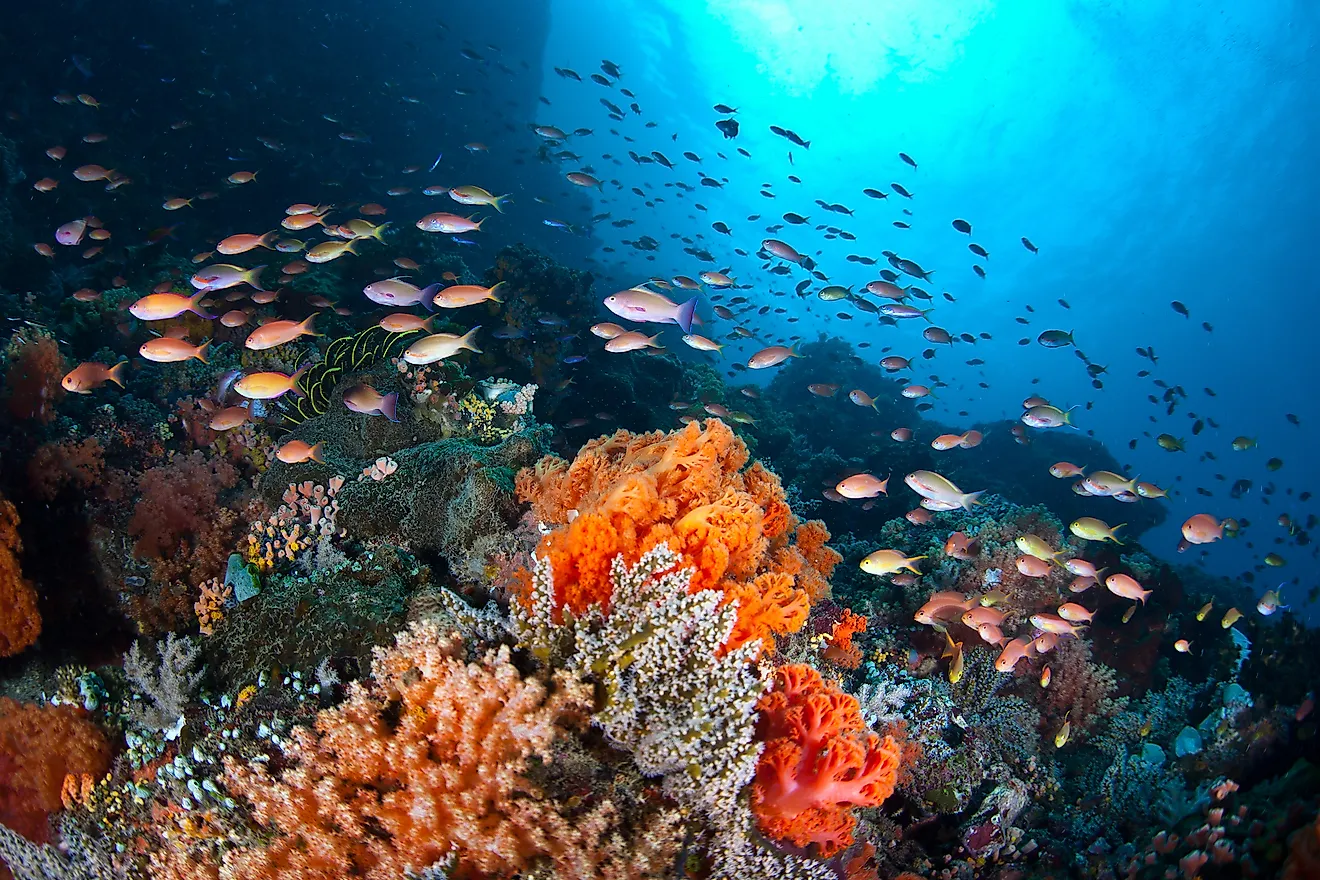Ecological Regions Of Russia
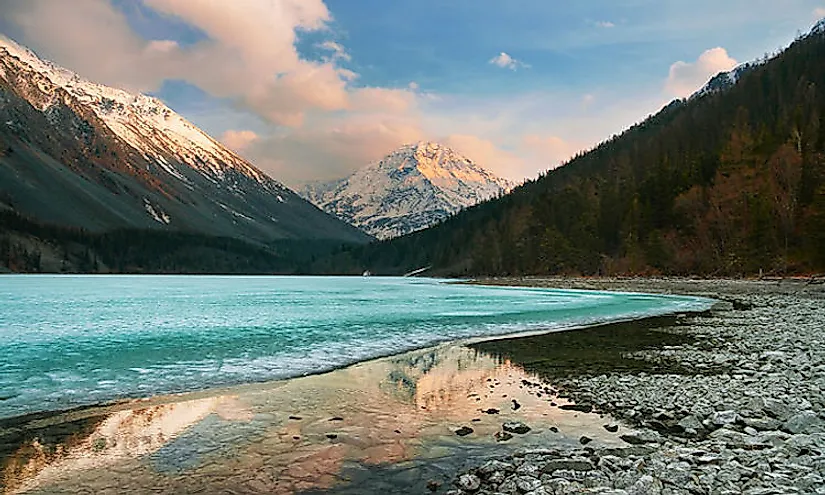
Ecological Regions Of Russia
The Russian Federation is the world’s largest country with an area of 17.1 million square kilometers. This is home to over 100 natural reserves, 40 UNESCO biosphere reserves, and 41 national parks. Russia's landscape consists of a large expanse of plains that are predominantly steppe and heavy forest. The mountain ranges of Russia are found on the southern border. The country has over a thousand rivers and inland water bodies. The humid continental climate dominates much of Russia except for tundra and extreme southeast. Russia is divided into several biomes forming different ecological regions including;
Aleutian Islands
The Aleutian Islands comprise of volcanic islands and smaller islands within the United States and Russia. The islands are part of the Aleutian Arc in the North of the Pacific Ocean. The Aleutian Islands are on the northern side of the Pacific Ring of Fire and they have were battle ground during the Aleutian Islands Campaign of the World War II. The islands were known as the Catherine Archipelago before 1867 and are categorized into five groups. The Aleutian Islands experience oceanic climate with moderate uniform temperatures and heavy rainfall. The islands are major habitats for large colonies of seabirds, vagrant Asiatic Birds, and several vertebrates. Most of the Aleutian Islands ecoregion is still intact except for the introduction species such as cattle and foxes which have increased competition with the wildlife for space and food.
Altai Alpine Meadow And Tundra
Altai alpine meadow and tundra divides the plains and the hills of the Western Siberia from the dry basins. The mountains forming part of the Altai alpine meadow and tundra have arctic characteristics because of their high latitude. The Atlai receives an annual precipitation higher than the mountain ranges of the Central Asia and has a low rate of evaporation because of the cold climate. The Altai Mountain Range represents a diverse biodiversity for both plants and animals. Fungi, mosses, and vascular plants dominate the ground cover. The mammals found in this ecoregion include the snow leopard, lynx, musk deer, and reindeer. 13 species of birds found in this ecoregion are listed in the Russia’s Red Data Book. Grazing and hunting are major threats to Altai alpine meadow and tundra ecoregion. However, much of the ecoregion remains intact due to the difficulty in accessing the region.
Altai Montane Forest And Forest Steppe
Altai montane forest and forest steppe lie between Siberia and the Mongolia steppe constituting the mid-elevation of the Altai-Sayan. The climate of the ecoregion is continental which is characterized by cold winter and warm summer. The mountain relief influences the microclimate and the temperature conditions. The ecoregion is dissected by Dip Rivers and their main tributaries. The ecoregion lies within different elevations ranging from 500 meters to 900 meters depending on the different environment parameters. The flora species of this ecoregion consist of over 800 species while some of the mammals found in this region include Martes zibellina, Talpa altaica, Vulpes vulpes, and Alces alces. The ecosystem of Altai montane forest and forest steppe has been disturbed significantly. Forests on the lower elevation have been cleared. However, large tracts of forest lie within the protected area thus they are difficult to access. Poaching is also a major threat to several fauna species in this ecoregion.
Ecological Regions Of Russia
| Ecological Regions Of Russia (as per World Wide Fund for Nature) | Biome |
| Aleutian Islands | Cold Temperate Northeast Pacific Marine |
| Altai alpine meadow and tundra | Montane Grasslands and Shrublands |
| Altai montane forest and forest steppe | Temperate Coniferous Forests |
| Amur meadow steppe | Flooded Grasslands and Savannas |
| Arctic desert | Tundra |
| Baltic Sea | Temperate Northen Atlantic European Seas Marine |
| Beaufort Sea-continental coast and shelf | Arctic Marine Realm |
| Bering tundra | Tundra |
| Caspian lowland desert | Deserts and Xeric Shrublands |
| Caucasus mixed forests | Temperate Broadleaf and Mixed Forests |
| Cherskii-Kolyma mountain tundra | Tundra |
| Chukchi Peninsula tundra | Tundra |
| Chukchi Sea | Arctic Marine Realm |
| Crimean Submediterranean forest complex | Temperate Broadleaf and Mixed Forests |
| Da Hinggan-Dzhagdy Mountains conifer forests | Temperate Coniferous Forests |
| Daurian forest steppe | Temperate Grasslands, Savannas, and Shrublands |
| East European forest steppe | Temperate Broadleaf and Mixed Forests |
| East Siberian Sea | Arctic Marine Realm |
| East Siberian taiga | Boreal Forests and Taiga |
| Eastern Bering Sea | Arctic Marine Realm |
| Great Lakes Basin desert steppe | Deserts and Xeric Shrublands |
| Kamchatka Mountain tundra and forest tundra | Tundra |
| Kamchatka Shelf and Coast | Cold Temperate Northwest Pacific Marine |
| Kamchatka-Kurile meadows and sparse forests | Boreal Forests and Taiga |
| Kamchatka-Kurile taiga | Boreal Forests and Taiga |
| Kara Sea | Arctic Marine Realm |
| Kazakh forest steppe | Temperate Grasslands, Savannas, and Shrublands |
| Kazakh steppe | Temperate Grasslands, Savannas, and Shrublands |
| Khangai Mountains conifer forests | Temperate Coniferous Forests |
| Kola Peninsula tundra | Tundra |
| Laptev Sea | Arctic Marine Realm |
| Mongolian-Manchurian grassland | Temperate Grasslands, Savannas, and Shrublands |
| North and East Barents Sea | Arctic Marine Realm |
| Northeast Siberian coastal tundra | Tundra |
| Northeast Siberian taiga | Boreal Forests and Taiga |
| Northern Honshu | Cold Temperate Northwest Pacific Marine |
| Northern Norway and Finnmark | Temperate Northen Atlantic European Seas Marine |
| Northwest Russian-Novaya Zemlya tundra | Tundra |
| Novosibirsk Islands arctic desert | Tundra |
| Okhotsk-Manchurian taiga | Boreal Forests and Taiga |
| Pontic steppe | Temperate Grasslands, Savannas, and Shrublands |
| Sakhalin Island taiga | Boreal Forests and Taiga |
| Sarmatic mixed forests | Temperate Broadleaf and Mixed Forests |
| Sayan Alpine meadows and tundra | Montane Grasslands and Shrublands |
| Sayan Intermontane steppe | Temperate Grasslands, Savannas, and Shrublands |
| Sayan montane conifer forests | Temperate Coniferous Forests |
| Scandinavian and Russian taiga | Boreal Forests and Taiga |
| Sea of Japan | Cold Temperate Northwest Pacific Marine |
| Sea of Okhotsk | Cold Temperate Northwest Pacific Marine |
| Selenge-Orkhon forest steppe | Temperate Grasslands, Savannas, and Shrublands |
| South Sakhalin-Kurile mixed forests | Temperate Broadleaf and Mixed Forests |
| South Siberian forest steppe | Temperate Grasslands, Savannas, and Shrublands |
| Taimyr-Central Siberian tundra | Tundra |
| Trans-Baikal Bald Mountain tundra | Tundra |
| Trans-Baikal conifer forests | Boreal Forests and Taiga |
| Urals montane tundra and taiga | Boreal Forests and Taiga |
| Ussuri broadleaf and mixed forests | Temperate Broadleaf and Mixed Forests |
| Ussuri-Wusuli meadow and forest meadow | Flooded Grasslands and Savannas |
| West Siberian broadleaf and mixed forests | Temperate Broadleaf and Mixed Forests |
| West Siberian taiga | Boreal Forests and Taiga |
| White Sea | Arctic Marine Realm |
| Wrangel Island arctic desert | Tundra |
| Yamalagydanskaja tundra | Tundra |

